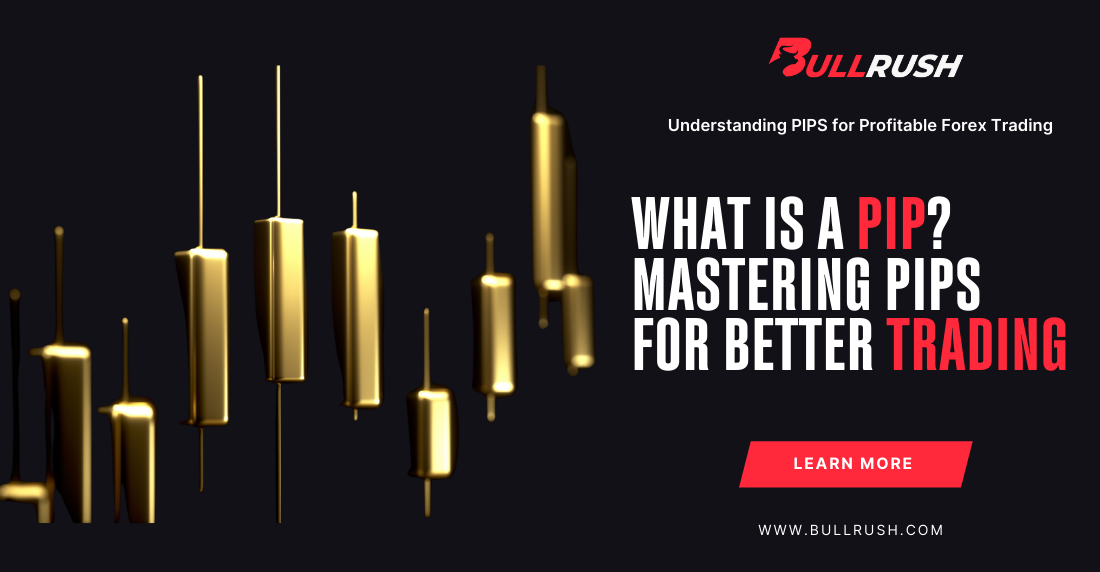
Trading Indicators: How to Combine Them for Better Results
Markets move fast, and traders who rely on instinct alone often get swept away by noise. Trading indicators bring order to the chaos. They measure momentum, confirm trends, and highlight when opportunity is heating up or cooling off.
Here’s where the accuracy comes in: you stop speculating and start anticipating when you figure out how to make indicators cooperate. Your setups get sharper, cleaner, and more confident when the pieces of the market’s narrative that each tool offers line up.
Reading the Market with Confluence
When two or more indicators agree, that overlap is called confluence. It’s one of the most reliable ways to confirm that your trade setup has real weight behind it.
Picture this: your moving averages show an uptrend, RSI signals renewed strength, and volume spikes confirm buyers stepping in. That’s not a coincidence, that’s confluence. It’s a moment when momentum, direction, and participation all line up.
The most consistent traders know this rhythm well. They wait for alignment, take the trade, and let probabilities work in their favor.
Tip: Try to keep it as simple as possible. 2 or 3 indicators that measure different things (like trend, momentum, and volume) often give the clearest signal.
- Confluence builds conviction in your setups.
- Use a mix of indicators that cover trend, speed, and strength.
- Alignment creates confidence; hesitation kills it.
Trend Indicators: Defining the Playing Field
Before you act, you need context. Trend indicators create that structure by showing where the price has been and where it’s leaning.
Tools like the Moving Average (MA) or MACD smooth out price movement, revealing whether momentum favors buyers or sellers. A clean trend helps traders understand the “path of least resistance” so they know when to ride it and when to stand aside.
Use moving averages to outline direction and MACD to gauge the energy behind the move. When both show strength in the same direction, the trend has backing, and your setups have wind at their back.
Tip: Use trend tools to identify your bias early in the session. It sets the tone for your trades.
- Trend indicators reveal market direction.
- MAs and MACD are great for spotting strong phases.
- Trade with the trend until proven otherwise.
Momentum Indicators: Measuring Strength and Timing
Momentum indicators act like a speedometer for the market. They measure how quickly prices are moving and whether that strength is fading or accelerating.
RSI (Relative Strength Index) and Stochastic Oscillator are trader favorites because they show when momentum is peaking. If RSI starts dropping while price keeps climbing, the trend may be running out of steam. If it bounces off neutral levels during a pullback, strength might be returning.
Momentum helps traders avoid chasing, and instead, focus on timing entries when strength is building, not fading.
Tip: When trend and momentum align, the setup has force behind it. That’s where precision entries happen.
- Momentum shows the energy of price movement.
- RSI and Stochastic help time entries and exits.
- Combine momentum with trend for high-quality trades.
Volume and Volatility: Confirming the Move
Volume tells you who’s in the game. Volatility tells you how hard they’re playing. Together, they separate strong moves from market noise.
A breakout backed by rising volume usually signals genuine participation, large players committing capital. Combine that with ATR (Average True Range) or Bollinger Bands, and you’ll see when volatility expands, indicating new momentum phases.
When both increase, it’s a sign the market has woken up. You’re not trading wishful patterns, you’re trading conviction.
Tip: Volume expansion during breakouts validates strength. Use it to confirm your entries.
- Volume shows participation; volatility shows expansion.
- Rising activity supports breakout reliability.
- Combine both to spot strong setups early.
Bringing It All Together
The real skill in combining indicators lies in creating a balanced structure: one that defines, confirms, and manages. Start with trend tools to understand direction. Layer in momentum to time the move. Then, use volume or volatility to confirm strength.
For example, if the 50-day MA shows an uptrend, RSI bounces from mid-levels, and volume rises during green candles, you’ve got alignment across context, timing, and conviction. That’s the structure behind professional-grade trading setups.
Tip: Practice your combinations in a simulator before going live. Each market reacts differently, and testing builds trust in your system.
- Build a 3-step system: trend → momentum → confirmation.
- Confluence is your compass.
- Practice breeds confidence.
Avoiding the Overload Trap
When traders first discover indicators, it’s easy to go overboard. Layering charts until nothing’s visible but lines and colors. But more tools don’t mean more clarity; they often blur your vision.
Each indicator should earn its place on your screen. If two serve the same purpose, remove one. Keep your setup clean, readable, and focused on the essentials: identifying opportunity and managing risk.
A sharp trader doesn’t rely on dozens of tools. They master a few and execute them consistently.
Tip: Review your chart layout every month. Cut what’s redundant, keep what provides unique insight.
- Too many indicators create confusion.
- Clean charts help focus on price action.
- Simplicity supports better execution.
Sharpening Skill with BullRush
At BullRush Prop, precision isn’t just theory. It’s a habit. Our platform helps traders put their strategy to the test under real market conditions. Whether you’re refining your indicator mix or learning to read momentum and volume together, BullRush gives you the space to grow with transparency and accountability.
It’s where practice meets progress, and strategy becomes execution.
Start your BullRush Prop Challenge today and turn your indicator strategy into consistent results.
FAQs: Combining Trading Indicators
Q: How many trading indicators should I use in a trading strategy?
Two or three well-balanced tools are enough. It is better to focus on quality, not quantity. Each indicator should serve a clear purpose. Simple as that.
Q: What’s the best combination of indicators?
Try one trend (like MA), one momentum (like RSI), and one volume or volatility (like OBV or ATR) for balanced insights.
Q: Can indicators guarantee profits?
No indicator guarantees wins. They improve probability; success still depends on discipline and risk management.
Q: How do I know if my trading indicators are working?
Backtest your strategy. If it holds up across different market conditions and timeframes, you’re on the right track.



